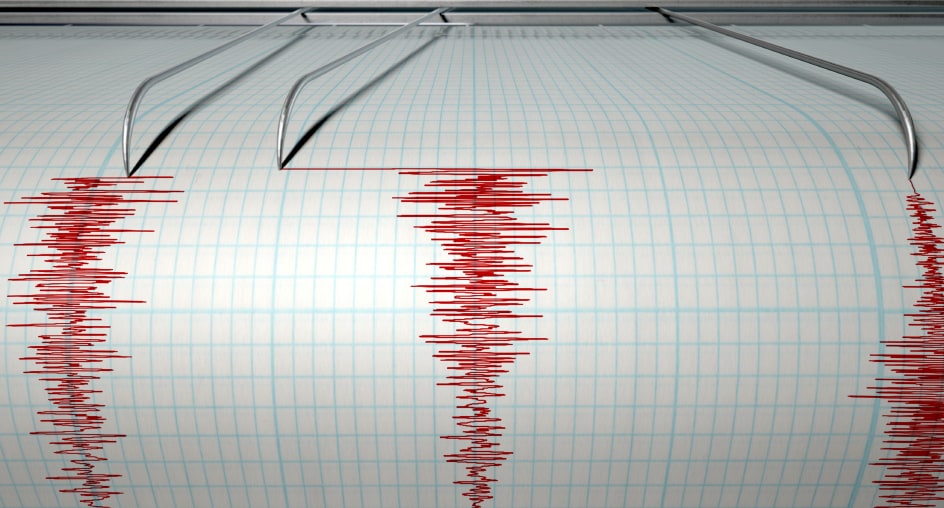For the first time, scientists in Costa Rica have documented a phenomenon known as dynamic triggering, where earthquakes communicate across vast distances, exceeding a thousand kilometers. This breakthrough sheds light on how seismic activities in one region can influence fault stress states far beyond their immediate vicinity, affecting areas previously considered isolated from such disturbances.
Unveiling the Mystery of Dynamic Triggering
Dynamic triggering involves the transfer of seismic energy through surface waves, which can alter the stress along distant faults, potentially hastening the occurrence of earthquakes. This phenomenon was first observed during the 1992 Landers earthquake in California and has since been a subject of intense study worldwide.
Costa Rican scientists have now observed similar effects following significant earthquakes in regions as distant as Honduras and Türkiye. These findings were presented at the 2023 American Geophysical Union Annual Meeting, highlighting a crucial step forward in understanding the interconnected nature of seismic events globally.
Costa Rica’s Groundbreaking Discovery
Using data from local seismic stations, researchers identified increases in microseismic activity in Costa Rica that correlated with major earthquakes hundreds to thousands of kilometers away. These observations suggest that seismic waves from these distant quakes can indeed trigger smaller, local earthquakes almost instantaneously.
Implications for Seismic Research and Safety
The study not only advances our understanding of seismic processes but also highlights the need for enhanced monitoring and preparedness for regions susceptible to dynamically triggered earthquakes. By recognizing the patterns and potential triggers, Costa Rica can better anticipate and mitigate the risks associated with these rare but significant events.
Future Directions
This pioneering research opens new avenues for exploring how distant earthquakes can influence seismic activity in other parts of the world. It calls for a reevaluation of how we understand the earth’s seismic system, emphasizing the importance of global seismic monitoring and collaboration.
This landmark study underscores the dynamic and interconnected nature of the earth’s crust, where actions in one area can resonate globally, redefining our approach to earthquake science and risk assessment.

